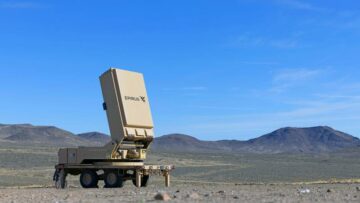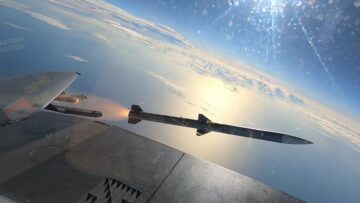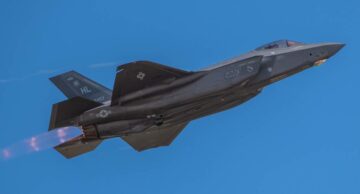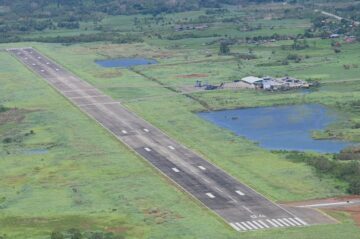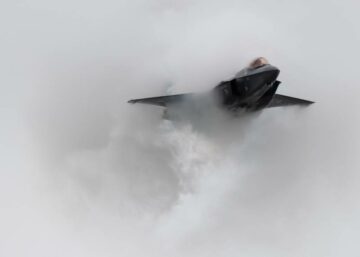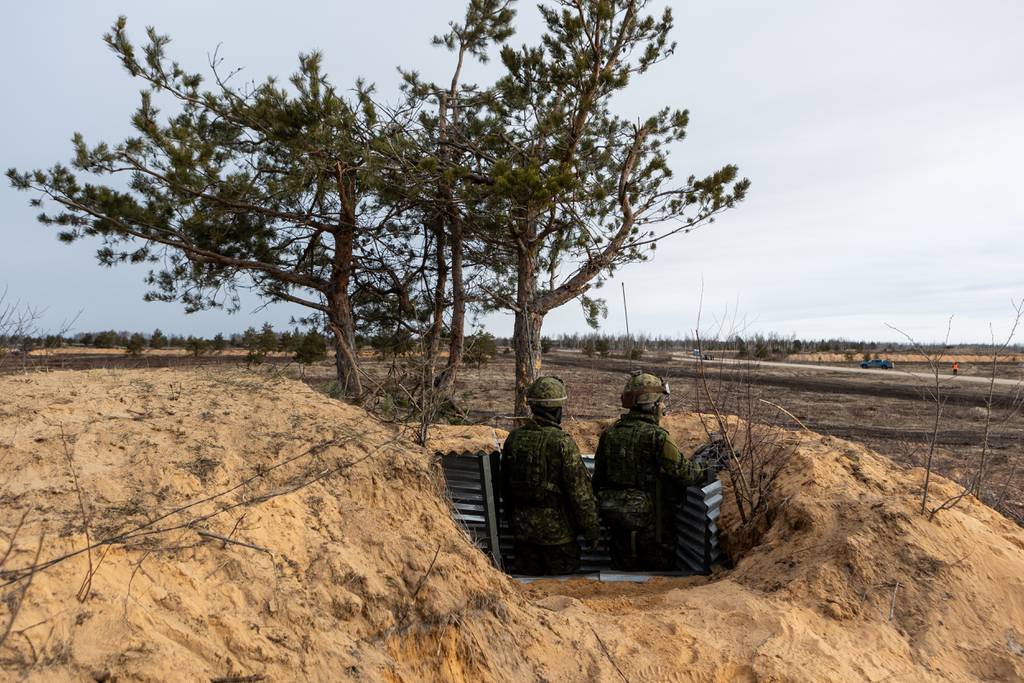
VICTORIA, British Columbia — Canada is spending $316 million Canadian dollars ($234 million) for new air-defense and counter-drone systems as well as anti-tank missiles for its troops in Latvia as part of shoring up its NATO commitments.
Canadian Defence Minister Bill Blair announced Feb. 15 that $227 million Canadian will go toward the RBS 70 NG short-range Air Defence System. The equipment, made by Saab, is expected to be delivered later this year.
Blair also announced that Canada is spending $46 million Canadian to acquire new counter-drone equipment. TRD Systems of Singapore, CACI Inc., of the United States, and Leonardo UK will all receive contracts for various elements.
Blair, who was in Brussels for a NATO defense ministers’ gathering, linked the purchases to Canada’s ongoing support to NATO and Euro-Atlantic security. “Canada’s support for the NATO alliance is steadfast,” Blair said in a statement announcing the new equipment deals.
The procurements come in the wake of Canadian Prime Minister Justin Trudeau’s announcement in July 2023 that, as part of a major commitment to NATO, Canada would spend another $2.6 billion Canadian to double the number of troops it has stationed in Latvia. Canada currently has roughly 1,000 military personnel in that country.
The government announced Dec. 15 that it is also buying new anti-tank missiles for its troops in the Baltic country. Defense News has confirmed that the Spike LR2 anti-tank system, made by Israeli vendor Rafael Advanced Defense Systems, is the weapon of choice for a cost of $43 million Canadian.
Kened Sadiku, a spokesman for Canada’s Department of National Defence, stated in an email that initial operating capability of the Spike weapons is expected to be achieved by mid 2024. Full operational capability is expected in the winter of 2026. “Due to operational security, the total number of units to be acquired cannot be disclosed,” he added.
Canada’s equipment efforts for its faraway NATO troop contingent come as Baltic neighbor Estonia noted that the alliance’s new emphasis on forward defense, approved at the 2023 summit in Vilnius, Lithuania, was starting to bear fruit.
“We are on track with the regional plans and, if needed, they are executable already now,” Estonian Minister of Defence Hanno Pevkur said in a Feb. 15 statement. He was referring to the concept of defending the eastern flank forcefully, as opposed to weathering an initial attack and waiting for reinforcements, as had been the plan before.
Blair had also announced Dec. 15 that starting in summer 2024, Canada will deploy four Royal Canadian Air Force Griffon helicopters to Latvia. The government will also periodically deploy Chinooks, starting in fall 2025. This is the first time that Canada has persistently deployed tactical aviation capabilities to Europe since operations in Bosnia and Kosovo in the late 1990s and early 2000s, according to Blair.
Also for the first time, Canada has deployed its medium-range radar capabilities to support the contingent in Latvia, Blair noted. The sensors are designed to provide aerial surveillance for the brigade, as well as quickly and accurately identify air vehicles and munitions.
A Canadian Army tank squadron of 15 Leopard 2A4M tanks, along with supporting personnel and equipment recently arrived in Latvia. The full complement of approximately 130 personnel should be in place by spring 2024, Blair said.
David Pugliese is the Canada correspondent for Defense News.
- SEO Powered Content & PR Distribution. Get Amplified Today.
- PlatoData.Network Vertical Generative Ai. Empower Yourself. Access Here.
- PlatoAiStream. Web3 Intelligence. Knowledge Amplified. Access Here.
- PlatoESG. Carbon, CleanTech, Energy, Environment, Solar, Waste Management. Access Here.
- PlatoHealth. Biotech and Clinical Trials Intelligence. Access Here.
- Source: https://www.defensenews.com/global/europe/2024/02/15/canadian-nato-troops-in-latvia-get-air-defense-anti-tank-upgrades/
- :has
- :is
- 000
- 1
- 130
- 15%
- 2000s
- 2023
- 2024
- 2025
- 2026
- 5
- 6
- 70
- a
- According
- accurately
- achieved
- acquire
- acquired
- added
- advanced
- AIR
- Air Force
- All
- Alliance
- along
- already
- also
- an
- and
- announced
- Announcement
- Announcing
- Another
- approved
- approximately
- ARE
- Army
- arrived
- AS
- At
- attack
- aviation
- BE
- Bear
- been
- before
- Bill
- Billion
- British
- British Columbia
- Brussels
- Buying
- by
- Canada
- Canadian
- cannot
- capabilities
- capability
- choice
- Columbia
- come
- commitment
- commitments
- Complement
- concept
- CONFIRMED
- contracts
- Cost
- country
- Currently
- Deals
- defence
- Defending
- Defense
- delivered
- Department
- deploy
- deployed
- designed
- dollars
- double
- Early
- eastern
- efforts
- elements
- emphasis
- equipment
- estonia
- estonian
- Europe
- expected
- Fall
- Feb
- First
- first time
- For
- Force
- Forward
- four
- full
- get
- Go
- Government
- had
- he
- helicopters
- HTTPS
- identify
- if
- images
- in
- Inc.
- initial
- Israeli
- IT
- ITS
- jpg
- July
- Justin
- Late
- later
- LATVIA
- linked
- Lithuania
- made
- major
- Mid
- Military
- million
- minister
- missiles
- National
- needed
- New
- news
- noted
- now
- number
- of
- on
- ongoing
- operating
- operational
- Operations
- opposed
- part
- persistently
- Personnel
- Place
- plan
- plans
- plato
- Plato Data Intelligence
- PlatoData
- Prime
- prime minister
- provide
- purchases
- quickly
- radar
- Rafael
- receive
- recently
- referring
- regional
- roughly
- royal
- Said
- security
- sensors
- should
- since
- Singapore
- spend
- Spending
- spike
- spring
- Starting
- stated
- Statement
- States
- steadfast
- summer
- Summit
- support
- Supporting
- surveillance
- system
- Systems
- tactical
- tank
- Tanks
- that
- The
- they
- this
- this year
- time
- to
- Total
- toward
- track
- Uk
- United
- United States
- units
- upgrades
- various
- Vehicles
- vendor
- Waiting
- Wake
- was
- Weapons
- WELL
- WHO
- will
- Winter
- with
- would
- year
- zephyrnet

